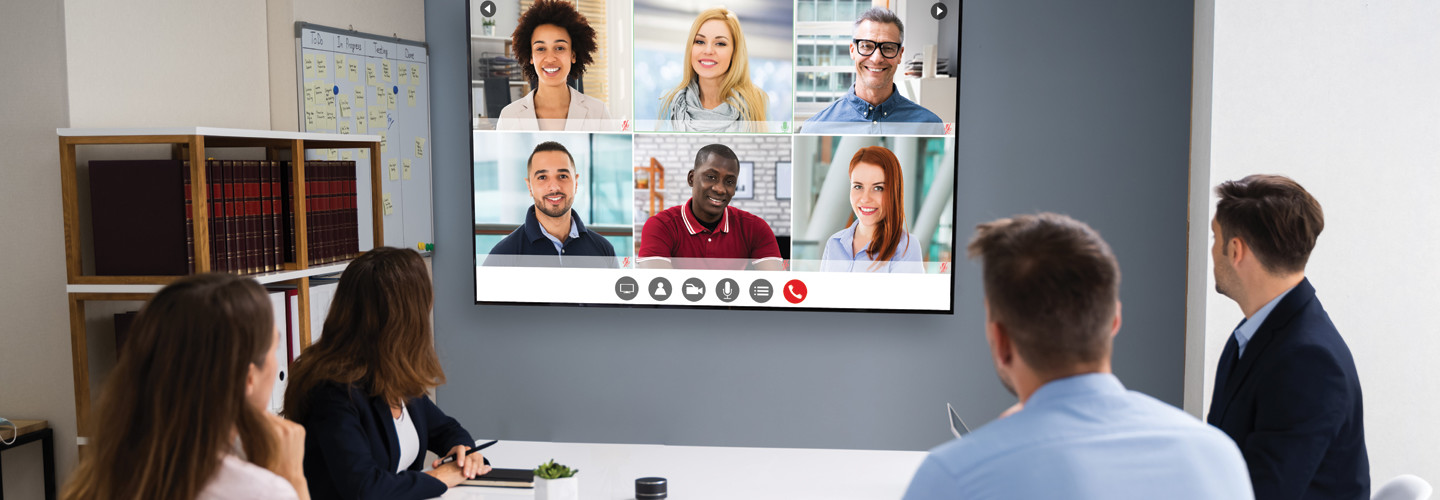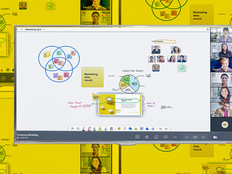What IT Decision-Makers Learned from the Past Year
In a recent survey, 29 percent of U.S. government employees did not have the IT equipment required to fulfill their work duties from home, and 30 percent said they were equipped with short-term solutions.
After nearly two years of pandemic adjustment, it is unsurprising that the experience has triggered unprecedented employee demands and expectations for the new working normal.
In California, at the height of the pandemic, 100,000 of 230,000 state employees transitioned to remote work. However, IT decision-makers (ITDMs) still received an intense wake-up call: A technology infrastructure that suits at-home and in-office settings is more than something nice to have. It’s a necessary requirement to keep state agencies up and running.
The question of how hybrid work models can be successfully deployed has replaced the initial concern of whether employees should return to the office full time.
With the growing number of remote workers across state and local agencies, ITDMs must put policy and infrastructure in place to meet the demands of their distributed workforce.
Projects with long lead times such as replacing outdated hardware and software, modernizing citizen services and adopting an always-on communication style need to take precedent, which is why enabling an efficient hybrid model is crucial for ongoing agency success.
As state and local governments embark on their tech modernization plans, there are four steps they can take to ensure the transition to hybrid work is smooth.
EXPLORE: How will remote work tools help government agencies recruit talent?
1. Examine Your Agency’s Digital Workflow
It’s important to remember that the transition to work-from-home life was rocky for many employees juggling daily work responsibilities with the added pressure of family and home responsibilities. As hybrid work becomes the new norm, exploring technology solutions that limit disruption and accommodate the workforce in a scalable and secure way can make all the difference. This means enabling your workforce with proper cybersecurity and smart collaboration tools that support the increase in video calls and virtual brainstorming sessions.
ITDMs may also want to examine areas where they can improve efficiencies, such as reducing repetitive and mundane tasks for workers. Empowering staff with advanced solutions, such as device intelligence solutions, can free up managers to focus on strategic IT initiatives that are more important to the agency’s core purpose.
RELATED: How can virtual Desktop as a Service help agencies with hybrid work?
2. Build in IT Services and Tools That Bolster Users’ Security
With a distributed workforce come increased security requirements. Over the course of the pandemic, threats to government IT haven’t taken a break. In fact, they’ve increased, with more potential points of entry for hackers.
In a recent study, only 58 percent of organizations said they could identify every vulnerable asset they had within 24 hours of a critical exploit. This means that over half of organizations could be blindsided by an attack that could impact their entire workforce and compromise operations.
To ensure agencies are protected, there are a mix of services and software solutions that ITDMs can explore to bolster security in each device from manufacturing and through the supply chain to the end user. By combining this security-by-design framework with an IT partner that delivers the highest level of endpoint protection available, companies can deploy holistic security strategies that better enable a work-from-anywhere environment.
MORE FROM STATETECH: Hybrid work is here to stay in state and local government.
3. Consider a Device as a Service IT Procurement Model
Device as a Service is emerging as a popular IT procurement model. Enabling a distributed workforce with DaaS can help ensure both cost predictability and flexible service.
With DaaS, agencies can provide their remote workforces with the latest technology and ease the burden of PC lifecycle management across their end-user devices — all for one predictable recurring fee and no significant upfront CAPEX investment. Additionally, a DaaS model provides the flexibility to scale the hardware up or down and even pause services over time based on agency needs.
4. Select the Right IT Partner for Your Agency
Finally, selecting the right IT partner will free up internal resources to focus on more strategic agency initiatives. With the changing working models of today, relying on single-vendor contracts can be limiting.
ITDMs can be more agile and tuned in to the evolving requirements of a remote workforce when they expand their approved vendor lists.
Above all, it’s important to remember to review security policies and practices across the board and ask if the vendor has a plan for meeting evolving cyberthreats. Ultimately, the right IT partner will improve user experience and help employees feel connected, supported and secure from any location.
There is growing pressure for state and local agencies to deploy long-term hybrid working environments, and with the help and guidance of a technology partner, they don’t have to do it alone.
Instead, the resource burden of modernizing their infrastructure and delivering an enhanced security and services model to their constituents can be reduced. By empowering a hybrid workforce with the right technology, governments can maximize productivity and increase security, all while staying within the allocated budget.










